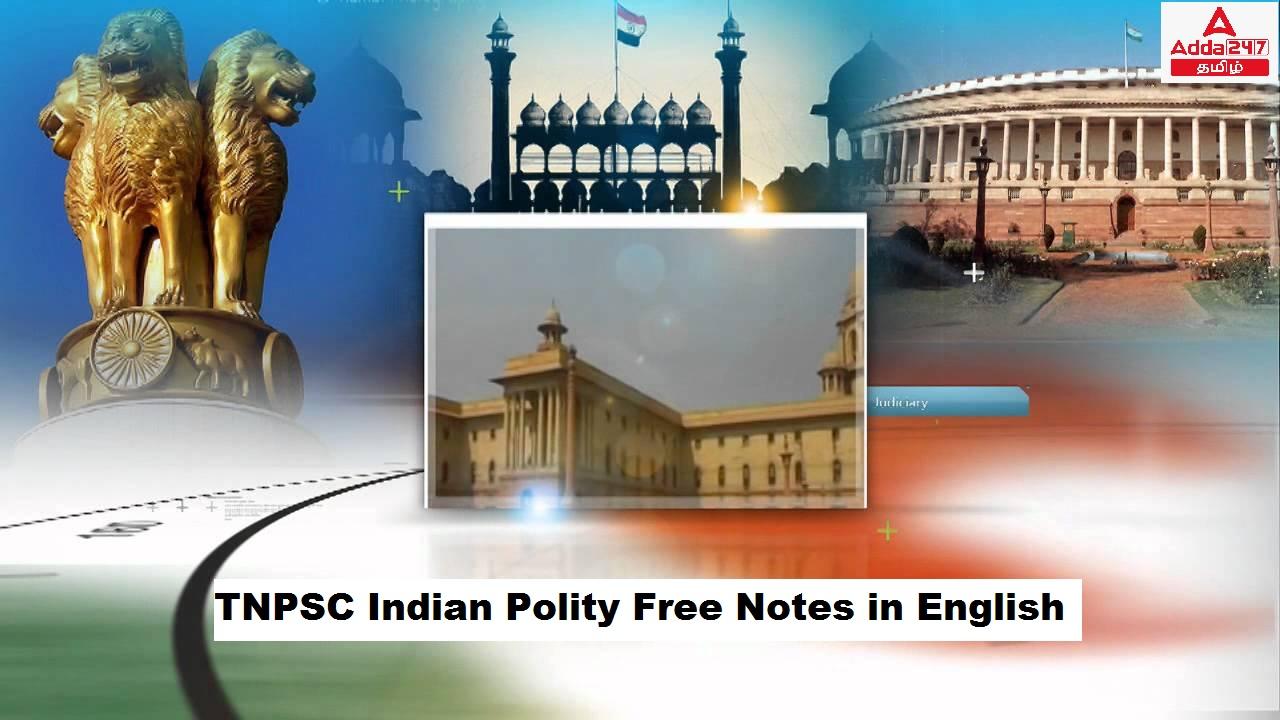இந்தக் கட்டுரையில், TNPSC குரூப் 1, குரூப் 2, குரூப் 2A, குரூப் 4 மாநிலப் போட்டித் தேர்வுகளான TNUSRB, TRB, TET, TNEB போன்றவற்றுக்கான முறைகள் இலவசக் குறிப்புகளைப் பெறுவீர்கள்.தேர்வுக்கு தயாராவோர் இங்குள்ள பாடக்குறிப்புகளை படித்து பயன்பெற வாழ்த்துகிறோம்.
The Government of India Act of 1935
Introduction
The Government of India Act of 1935 was passed on the basis of the report of the Simon
Commission, the outcome of the Round Table Conferences and the White Paper issued by the
British Government in 1933. This Act contained many important changes over the previous Act
of 1919.
Salient features of this Act
1. Provision for the establishment of an All India Federation at the Centre, consisting of
the Provinces of British India and the Princely States. (It did not come into existence
since the Princely States refused to give their consent for the union.)
2. Division of powers into three lists: Federal, Provincial and Concurrent.
3. Introduction of Dyarchy at the Centre. The Governor-General and his councillors
administered the “Reserved subjects”. The Council of Ministers was responsible for the
“Transferred” subjects.
4. Abolition of Dyarchy and the introduction of Provincial Autonomy in the provinces. The
Governor was made the head of the Provincial Executive but he was expected to run the
administration on the advice of the Council of Ministers. Thus provincial government
was entrusted to the elected Ministers. They were responsible to the popularly elected
Legislative Assemblies.
5. Provincial Legislatures of Bengal, Madras, Bombay, United Provinces, Bihar and Assam
were made bicameral.
6. Extension of the principle of Separate Electorates to Sikhs, Europeans, Indian Christians
and Anglo Indians.
7. Establishment of a Federal Court at Delhi with a Chief Justice and 6 judges.
Conclusion
The working of the provincial autonomy was not successful.
The Governors were not bound to accept the advice of the ministers.
In reality, the real power in the Provincial Government was with the Governor. But,
despite these drawbacks in the scheme, the Congress decided to take part in the
elections to the Provincial Legislatures with the consideration that it was an
improvement over the previous Acts.
In accordance with the provisions of the Government of India Act of 1935 elections to the
Provincial Legislatures were held in February 1937. The Congress had virtually swept the polls.
On 7 July 1937, after the Viceroy Lord Linlithgow, assured the Congress of his cooperation, the
party formed its ministries in seven provinces.
**************************************************************************
| Adda247 TamilNadu Home page | Click here |
| Official Website=Adda247 | Click here |









